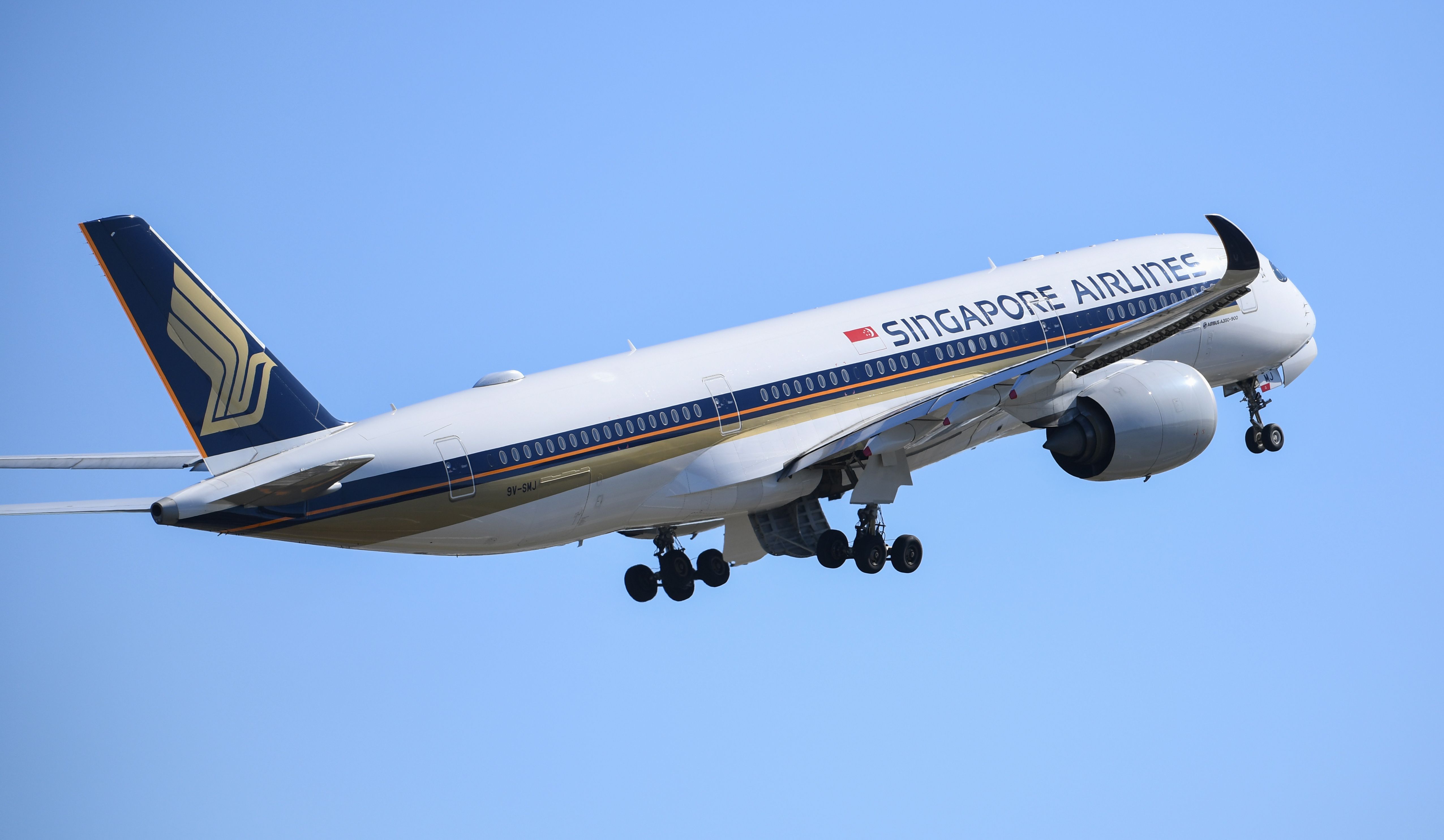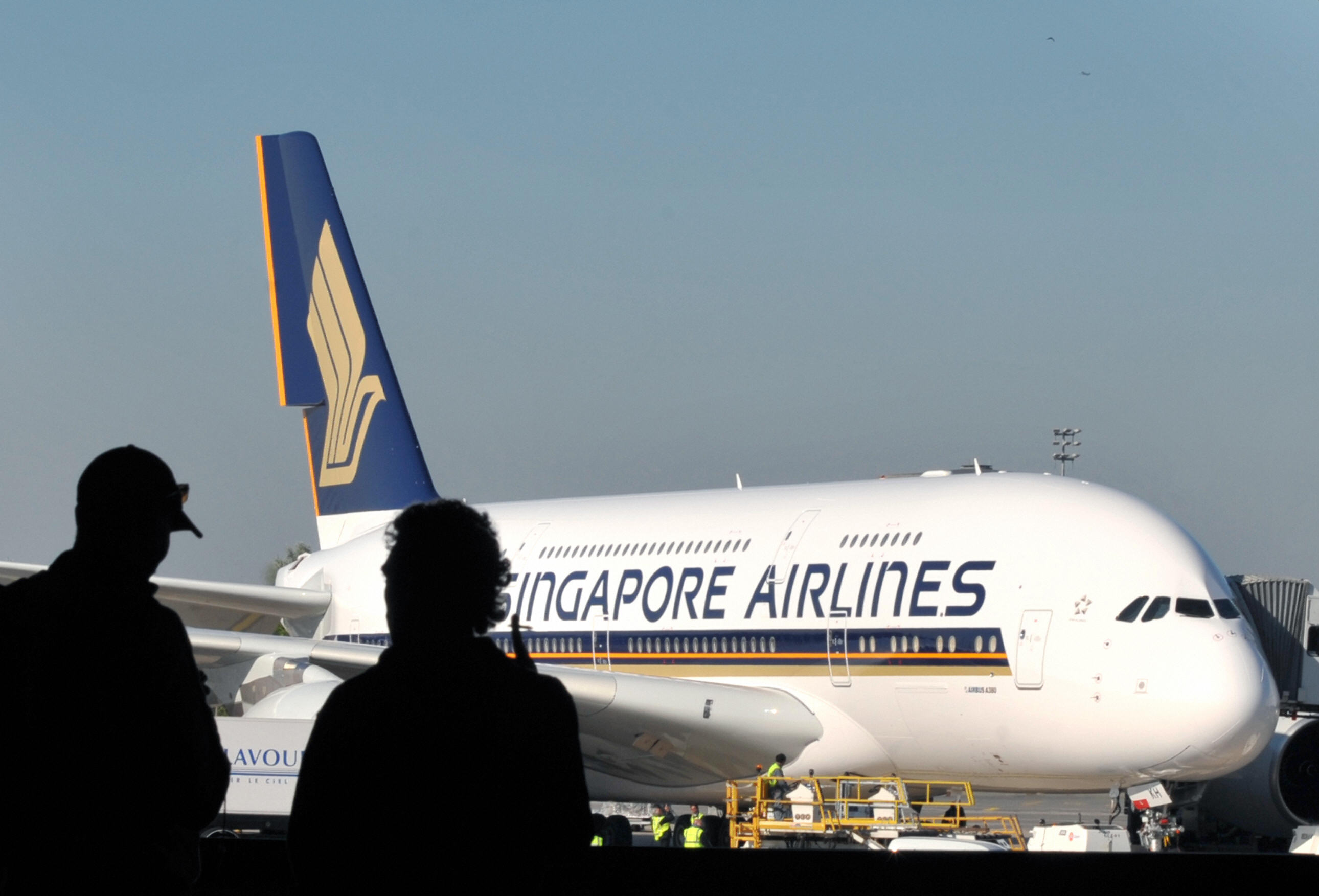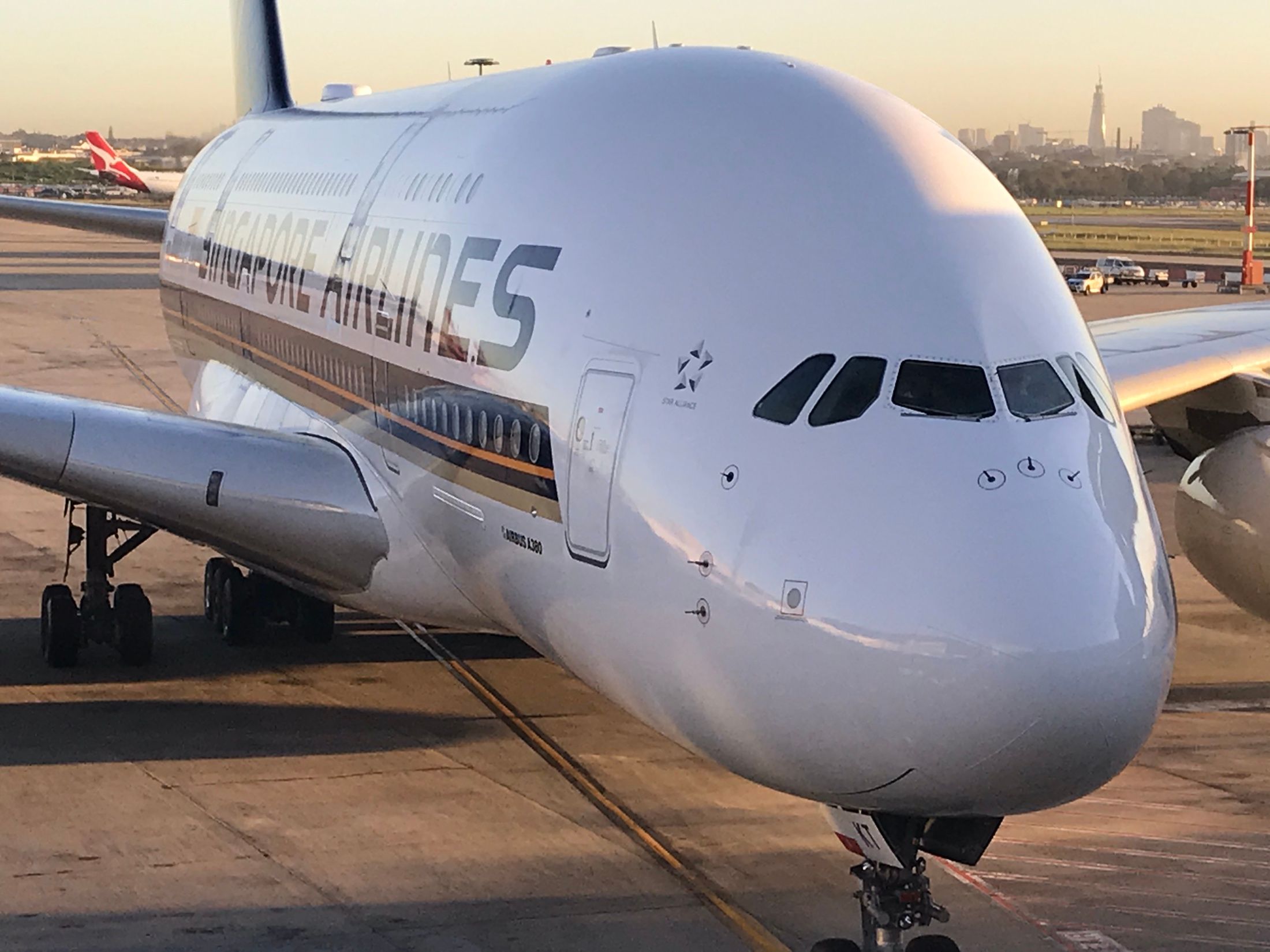Some six months after Qantas resumed its international flying, competitor Singapore Airlines continued to have the largest market share among all international airlines in Australian airspace. Recently released Australian Government statistics for May 2022 show Singapore Airlines commanded 16.9% of the passenger numbers in and out of Australia that month, beating out flag carrier Qantas on 16.8%.
Qantas infamously axed its regular international flying after COVID-19 broke out, only resuming services in the last quarter of 2021 as Australia's border restrictions began easing. In the interim, stayers like Singapore Airlines and Qatar Airways duked it out for the crown of Australia's top international airline, albeit based on flying far fewer passengers.
Before grounding its international services, Qantas continuously carried the most passengers across any airline on flights to and from Australia - unsurprising given the country is the airline's home market and enjoyed strong customer loyalty there. But several airlines were also frequently nipping at its heels, including Singapore Airlines, which has a substantial and longstanding market presence in Australia.
May's passenger numbers are still down on 2019 but better than last year
In May, Australia's Bureau of Infrastructure and Regional Transport Economics (BITRE) says 1.296 million passengers flew in and out of Australia - far shy of the 3.208 million in May 2019 but also much improved on the 214,246 passengers in May 2021.
Singapore Airlines carried 219,484 of those 1.296 million passengers in May 2022, just pipping Qantas, who carried 217,511 passengers. In the same month, Qantas operated 1,445 international flights in and out of its Australian airports, whereas Singapore Airlines operated 987 flights.
More passengers on fewer flights mean bigger loads and more revenue per flight. Australia remains a critical market for Singapore Airlines. Most Australians are not only partial to a visit to Singapore, but the city's airport is a hugely popular transit port. Those full planes on flights to and from Australia are one reason Singapore Airlines is now making money again.
The top ten carriers commanded over 80% of the Australian market share in May
But Qantas was only just lagging Singapore Airlines in May and is adding more international capacity each month. Singapore Airlines might struggle to hold onto the title of Australia's top international airline. Only last week, another A380-800 arrived back at Qantas (VH-OQH Reginald Ansett) after undergoing heavy maintenance in Abu Dhabi. Like Singapore Airlines, Qantas reports strong demand and loads on certain routes, including those to North America, Europe, and certain cities in Asia. But weaker demand on thinner international routes is dragging Qantas' overall numbers down.
Meanwhile, Qatar Airways, which competed with Singapore Airlines to be Australia's biggest international carrier during the pandemic, was relegated to the sixth spot in May, with just 80,474 passengers (or a 6.2% market share). Between Qantas and Qatar Airways was Emirates in the third spot with a 10.5% market share (136,177 passengers), Air New Zealand in the fourth spot with a 9.9% market share (128,777 passengers), and Jetstar in fifth place with a 9.4% market share (121,907 passengers).
Trailing Qatar Airways were Scoot, Fiji Airways, Etihad Airways, and Malaysia Airlines, respectively. Together these ten airlines flew up 82% of all passengers in and out of Australia in May. BITRE notes there were 47 passenger airlines offering flights in and out of Australia that month. The number crunchers also added that in May, the airlines put on only 58% of the seats they had available in May 2019, going some way to explaining why fares are now so high and seat availability on popular routes so scarce.


.jpeg)

